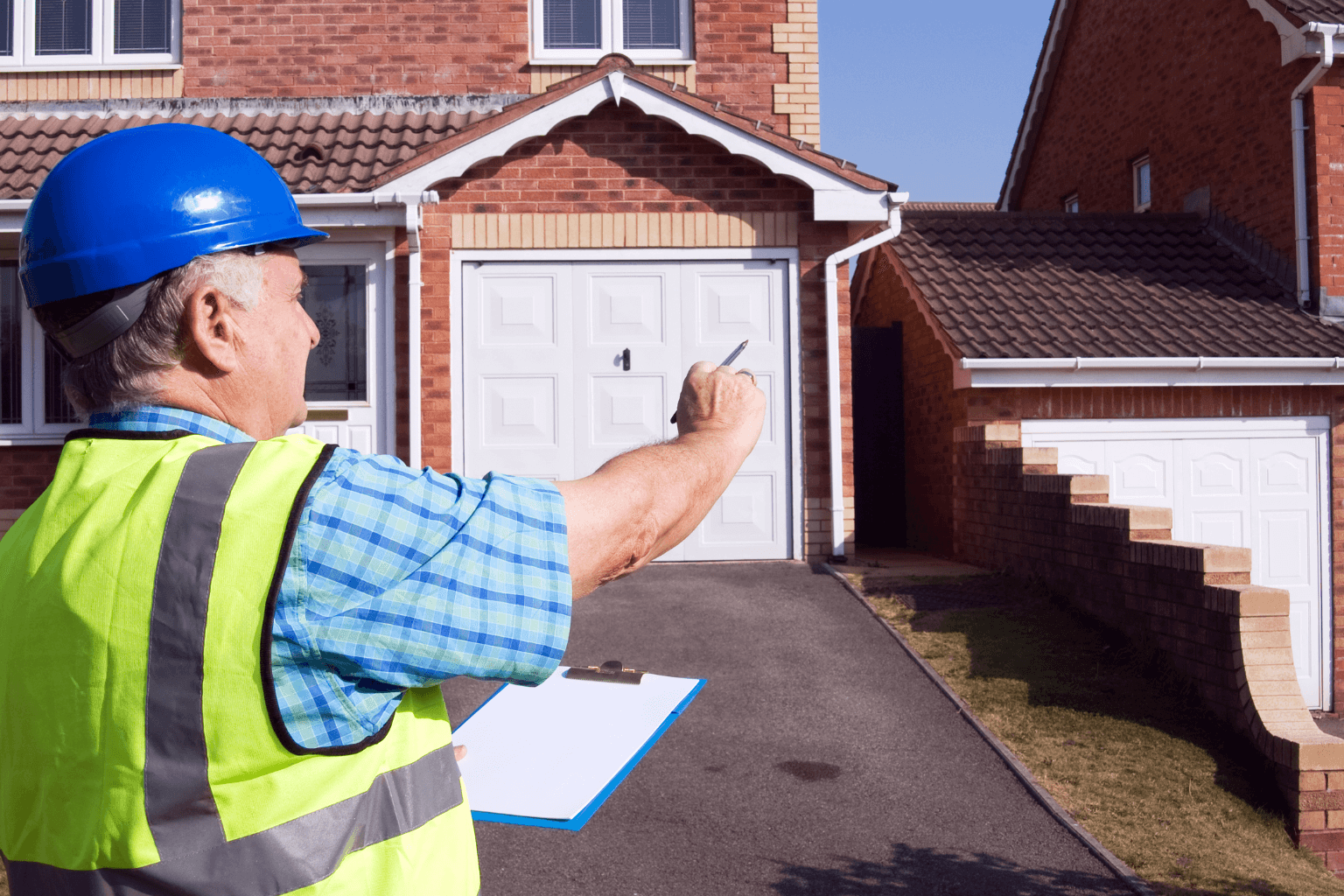How To Sell a House With Hoarding Conditions Legally
Learning how to sell a house with hoarding conditions legally can feel overwhelming, but it doesn’t have to be impossible. From disclosure requirements to health and safety codes, understanding your responsibilities as a seller is essential. Whether you choose to sell as-is or invest in cleanup, knowing the legal process helps protect you from future liability. With professional support, you can move forward with confidence and find the right buyer for your unique property.
Hot Topic You Might Love: “If you're enjoying this, don’t miss our latest post — What to Do With a Hoarder House in California. It’s getting attention and might just surprise you.”
Key Takeaways
- Always disclose hoarding-related issues like structural damage or health hazards.
- Get a professional inspection to assess safety risks and document the property’s condition.
- Hire junk removal or cleaning services to ease the emotional and physical burden.
- Consider selling as-is to cash buyers familiar with distressed homes.
- Work with a real estate lawyer to stay compliant with local disclosure laws.

Understanding Hoarding and Legal Implications
Hoarding disorder isn’t just clutter—it’s recognized as a mental health condition by the American Psychiatric Association, and it creates real challenges when selling a home. Legally, sellers must disclose known issues such as mold, infestations, or code violations. Failing to disclose could lead to lawsuits or financial penalties. If hoarding conditions violate health or safety codes, cities may even require remediation before a sale.
For landlords, hoarding in rental properties may trigger eviction or legal intervention. In all cases, transparency and compassion are key when selling a hoarder house.
Assessing the Property Condition Before Sale
Before listing, evaluate the home thoroughly to understand its condition and marketability.
Areas to Assess
- Safety hazards: Look for mold, pests, or fire risks.
- Structural issues: Inspect for foundation cracks or water damage.
- Code compliance: Review local housing and health standards.
- Market appeal: Consider whether the cleanup will make the home more attractive.
Hiring a licensed inspector helps uncover hidden problems, and documenting the condition protects you legally.

Legal Requirements for Selling a Hoarder House
To ensure you know how to sell a house with hoarding conditions legally, follow these key steps:
- Clear Ownership: Confirm title and ownership records.
- Full Disclosure: Reveal all known issues, from hoarding damage to code violations.
- Health & Safety Compliance: Address hazards that may endanger buyers.
- Work With a Lawyer: A real estate attorney can guide you through local disclosure laws and prevent costly mistakes.
Deciding Between Selling As-Is or Cleaning Up
Benefits of Selling As-Is
- Faster sales without investing in cleanup.
- Attracts cash buyers who specialize in distressed properties.
- Removes the emotional toll of decluttering.
Cleaning Up Considerations
- Improves property value and broadens buyer interest.
- It may cost $600–$10,000, depending on the severity.
- Requires emotional and financial investment.
The right choice depends on your timeline, budget, and comfort level.

Engaging Professionals for Cleanup and Repairs
Professional services can ease the burden of preparing a hoarder house for sale:
- Junk Removal: Efficiently clear clutter and reveal hidden damage.
- Cleaning Services: Deep clean and sanitize to remove health risks.
- Repair Contractors: Fix structural issues to improve safety and appeal.
If your property is in Contra Costa County, you may want to connect with local buyers familiar with the market. For example, see how we buy houses in Rodeo, CA for a quick, hassle-free process.
Health and Safety During the Sale
Hoarding often conceals hazards such as mold, pests, and fire risks. Protect yourself and buyers by:
- Hiring inspectors to identify hidden issues.
- Using protective gear during cleanouts.
- Following local health codes.
Failing to disclose hazards can create legal consequences later. For a related issue, you might also want to understand what foreclosure means and how it impacts homeowners.

Emotional Challenges for Sellers
Selling a hoarder home is emotionally taxing. Feelings of embarrassment, fear of judgment, or frustration are common. Support groups, counseling, or working with compassionate professionals can help ease this process.
Marketing Strategies for Hoarded Properties
Targeted Buyer Outreach
- Market as “as-is” to attract cash buyers and investors.
- Use professional photography to highlight potential, not just clutter.
- Partner with local real estate agents experienced in distressed sales.
Highlight Property Potential
Frame the property as an investment opportunity. Emphasize renovation potential and location benefits, even if cleanup hasn’t been done.

Choosing the Right Buyer
Cash buyers and investment companies often provide the smoothest path forward. They understand hoarding conditions, accept properties as-is, and can close quickly. Auctions may also attract investors willing to take on projects.
For more insights, check out this related guide on how to sell a hoarder house in California.
Navigating the Closing Process
Once you find the right buyer, prepare for closing:
- Disclose all issues upfront.
- Verify title ownership.
- Schedule a final walkthrough to confirm agreements.
Having a real estate lawyer ensures every legal requirement is met, reducing risks.

Conclusion
Knowing how to sell a house with hoarding conditions legally may feel like a challenge, but it’s achievable with the right approach. By disclosing issues, engaging professionals, and considering as-is sales, you protect yourself legally while finding the right buyer. With compassion, planning, and legal guidance, you can close the chapter on a difficult property and move forward with peace of mind.



